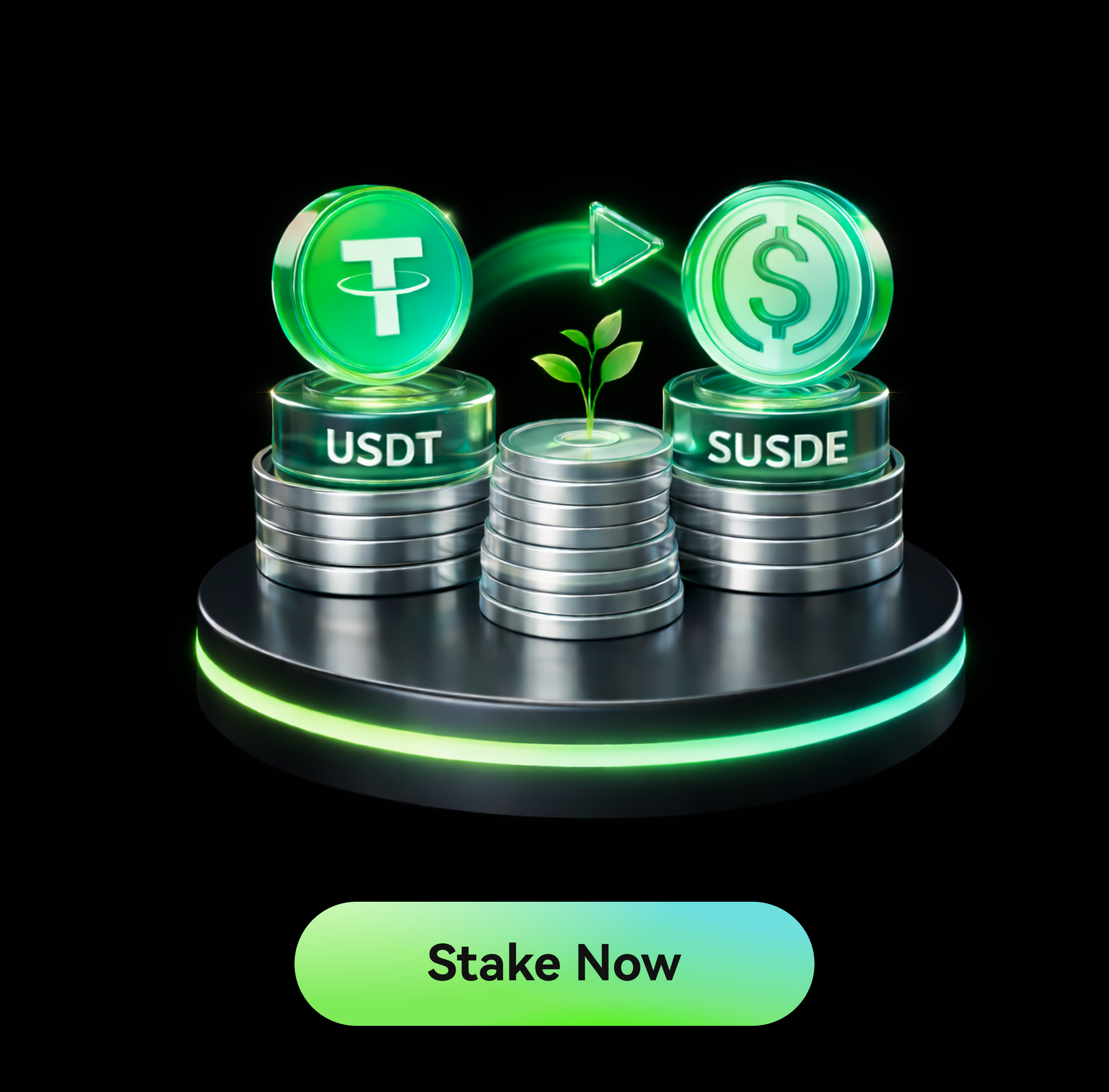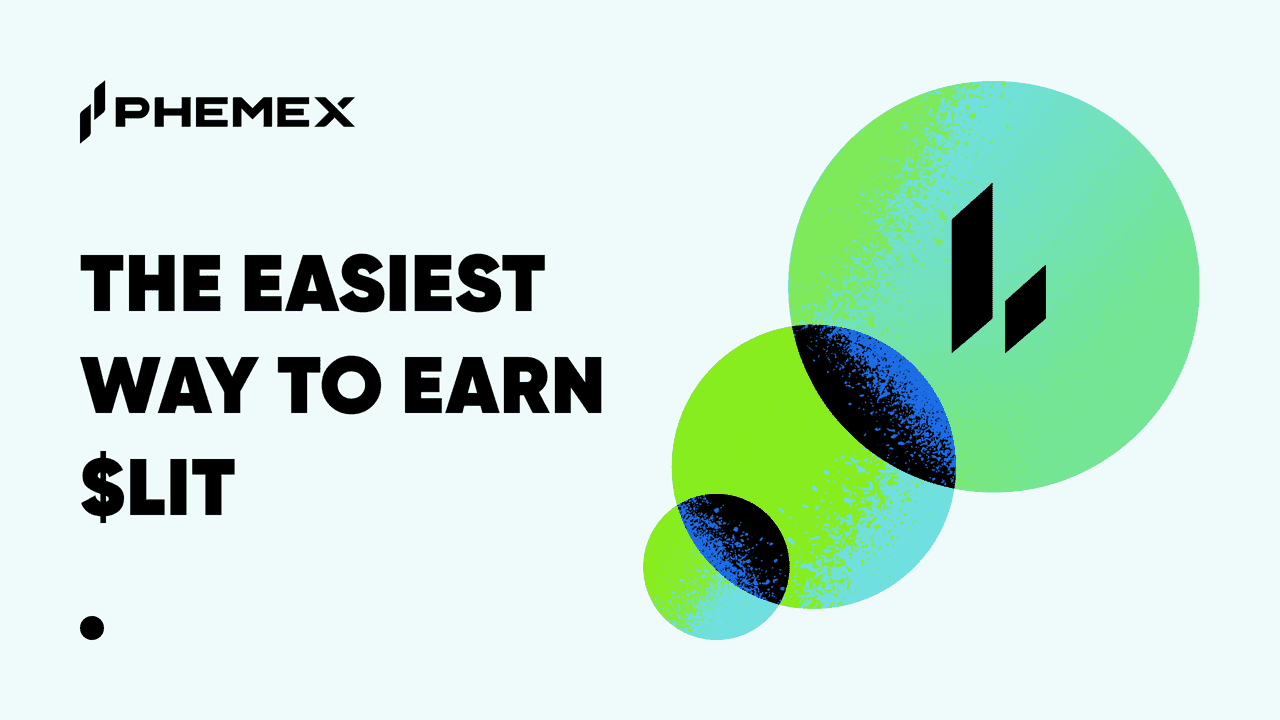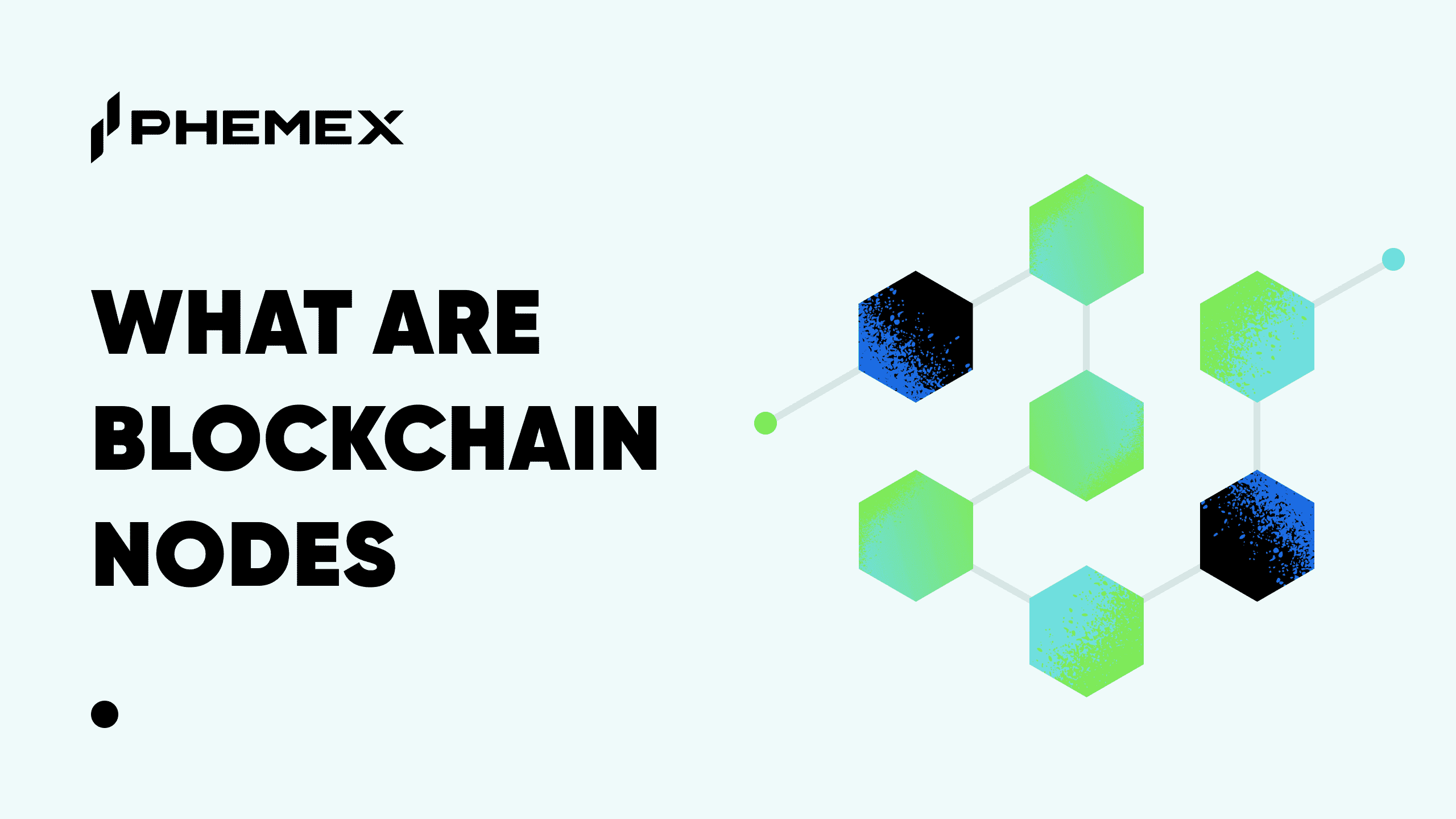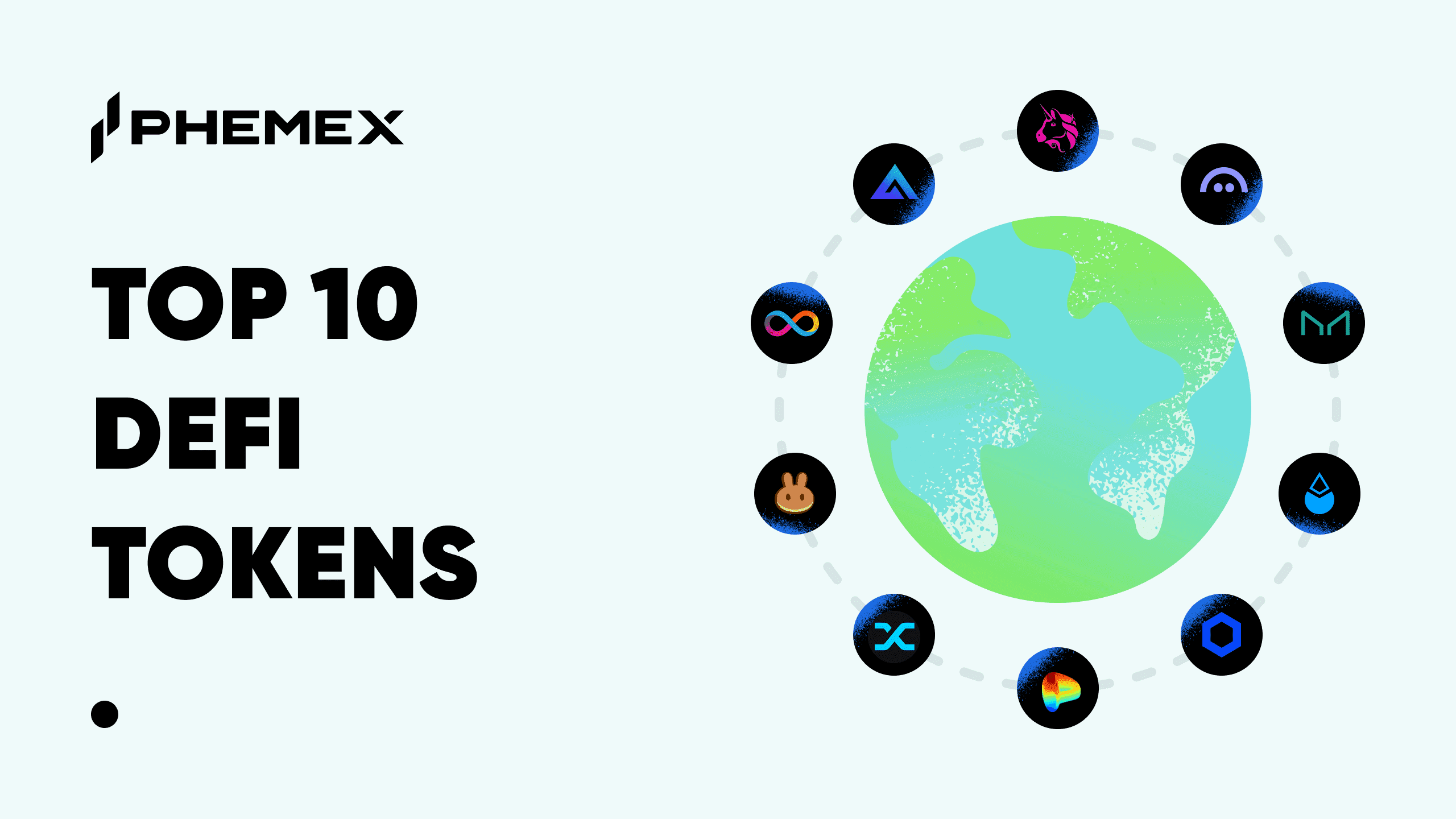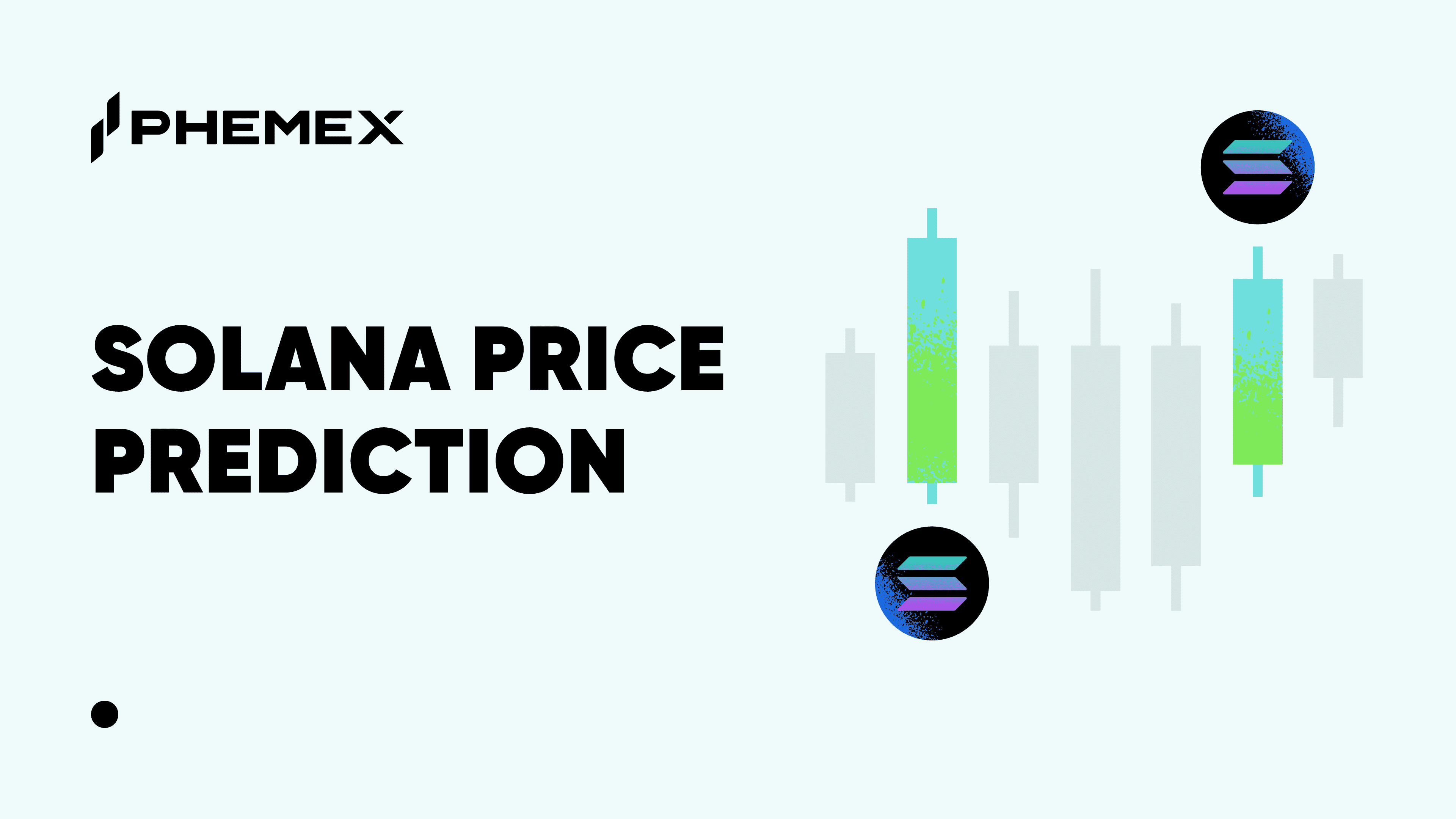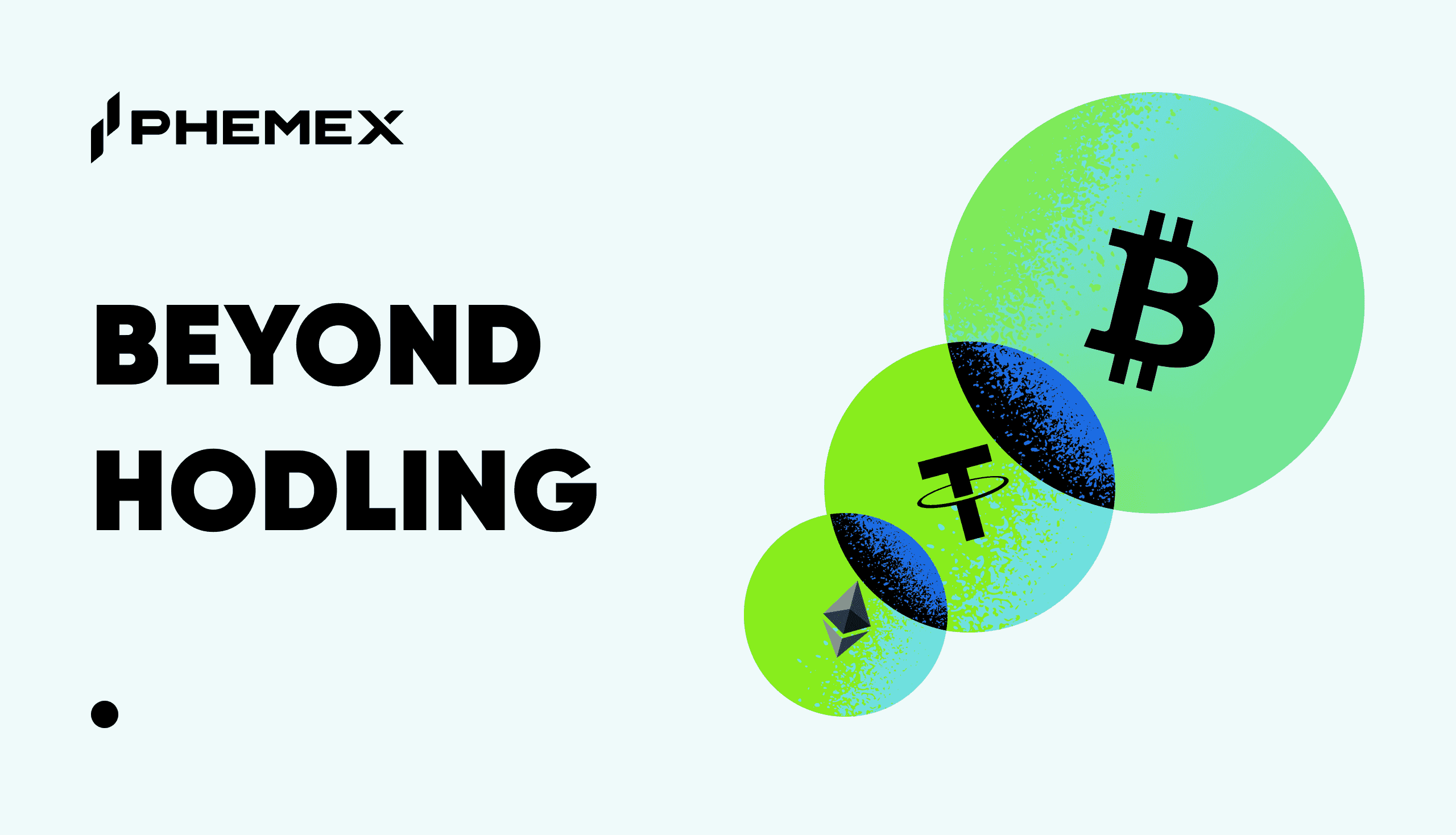
Litecoin (LTC) Price
Price of Litecoin (LTC) Today
The live price of Litecoin (LTC) is $77.44.The current market capitalization stands at $5.93B, with a 24-hour trading volume of $353.16M.Litecoin has experienced +1.68% in the last 24 hours and has a circulating supply of approximately 76.66M.These figures are updated in real-time to provide the most accurate market data.
LTC Price Data
LTC Market Stats
Litecoin (LTC) Security Assessment
About Litecoin(LTC)
Team Members
Investors
 Block Ventures
Block Ventures MC Capital Ventures
MC Capital Ventures Digichain Capital
Digichain Capital Mutual Coin Capital
Mutual Coin CapitalSocial Stats
1888 unique individuals are talking about LTC, ranking it 26 for most mentions and activity among collected posts. Over the past 24 hours, the sentiment toward LTC across all social media has been Bullish. Finally, 2 news articles have been published about LTC. On Twitter, 36.93% of tweets showed bullish sentiment compared to 7.56% of tweets showing bearish sentiment about LTC. 55.51% of tweets were neutral about LTC. These sentiments are based on 3428 tweets.
Bulls say
Bears say
Litecoin(LTC) News
MoreLitecoin (LTC) Academy
MoreLitecoin (LTC) Blog
MoreFAQ
What is LTC used for?
LTC serves as the native cryptocurrency of the Litecoin blockchain and is used primarily for peer-to-peer payments and value transfers. Its speed and low transaction costs make it attractive for everyday purchases, remittances, and merchant services. Additionally, LTC is widely used for crypto trading, portfolio diversification, and payments on e-commerce platforms that accept digital currencies.
How is Litecoin different from Bitcoin?
Litecoin was created as a “lighter” version of Bitcoin, with a faster block time (2.5 minutes vs. Bitcoin’s 10 minutes) and a different hashing algorithm (Scrypt vs. SHA-256). This results in quicker transaction confirmations and generally lower fees. Litecoin also has a total supply of 84 million coins, compared to Bitcoin’s 21 million.
Is Litecoin still being mined?
Yes. Litecoin uses a Proof-of-Work (PoW) consensus mechanism and continues to be mined. Miners earn rewards for validating blocks, and the block reward halves approximately every four years. As of the latest halving in August 2023, the current reward is 6.25 LTC per block.
Is Litecoin fast and cheap to use?
Yes, Litecoin is known for its speed and cost efficiency. Transactions typically settle in a matter of minutes, and fees are often less than a few cents. This makes LTC especially useful for smaller, everyday transactions compared to more congested networks like Bitcoin or Ethereum.
Where can I buy and store LTC?
You can buy LTC directly on Phemex. After acquiring LTC, it will be held in your Phemex spot wallet which boasts meticulous security mechanisms.
Litecoin (LTC) Conversion Rate
Litecoin (LTC) Price Movements
| Period | Amount Change | Change (%) |
|---|---|---|
| Today | +$1.28 | +1.68% |
| 7 Days | +$3.58 | +4.85% |
| 30 Days | -$8.25 | -9.63% |
Disclaimer
Cryptocurrency prices are highly susceptible to market risk and volatility. You should invest only in products you are familiar with and fully understand the associated risks. The information provided on this page is for informational purposes only and does not constitute investment advice. It is not a recommendation to buy or sell any specific digital asset or adopt any particular investment strategy. Phemex makes no claims regarding the accuracy, suitability, or validity of any information provided or any particular asset. For further information, please refer to our Terms of Use and Risk Disclosure.
Please be aware that data related to the aforementioned cryptocurrency (such as its current live price) is derived from third-party sources. It is presented to you "as is" for informational purposes only, without any representation or warranty of any kind. Links to third-party sites are not under Phemex’s control. The content expressed on this page is not intended to and should not be construed as an endorsement by Phemex of the reliability or accuracy of such content. For further information, please refer to our Terms of Use and Risk Disclosure.


